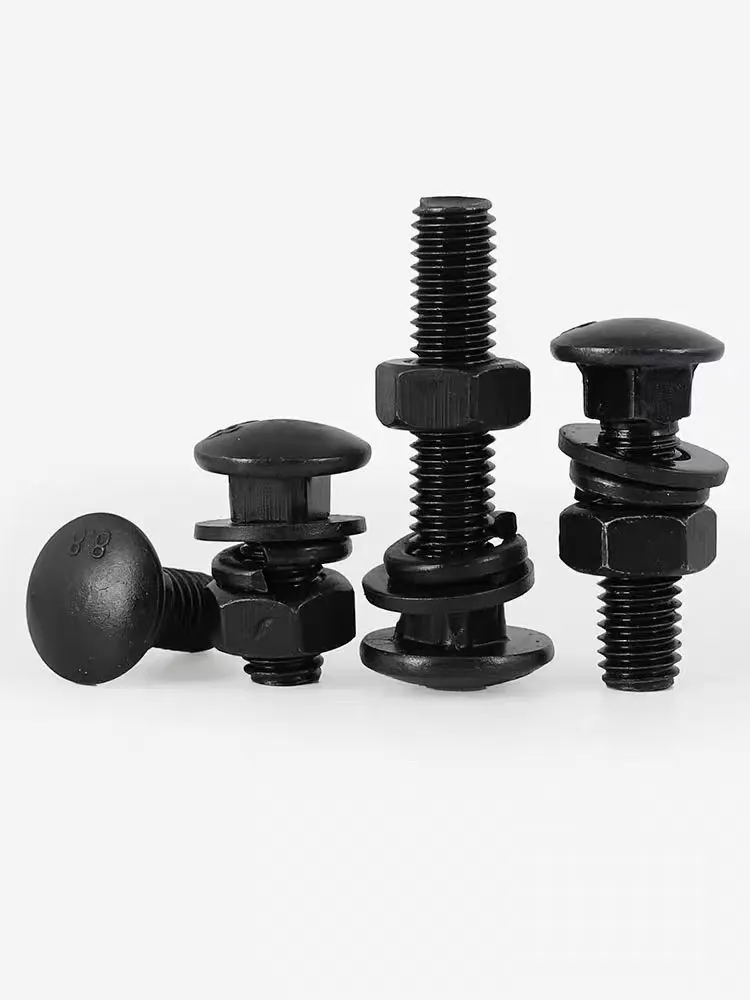

Innovative Approaches to Fastener Design for Enhanced Performance and Reliability
दिसम्बर . 05, 2024 12:22 Back to list
Innovative Approaches to Fastener Design for Enhanced Performance and Reliability
Understanding Fastener Design A Key Element in Engineering
Fasteners are critical components in mechanical and structural engineering, serving as the glue that holds constructions, machines, and various objects together. Despite their seemingly simple function, the design of fasteners is a complex field that incorporates principles from materials science, mechanical engineering, and manufacturing processes. In this article, we delve into the importance of fastener design, the various types available, and key considerations engineers must keep in mind.
Types of Fasteners
Fasteners come in various shapes and sizes, and their selection often depends on the specific requirements of a project. The most common types include
1. Bolts and Nuts Often used in conjunction, bolts provide the main fastening force, while nuts are used to secure them in place. They are available in various grades and materials, making them versatile for different applications.
2. Screws These are similar to bolts but are often used to fasten materials together without the need for a nut. They are available in numerous types, such as wood screws, machine screws, and self-tapping screws.
3. Rivets These permanent fasteners are generally used in structures requiring a strong joint, such as bridges and aircraft. Riveting involves deforming the rivet to create a secure hold.
4. Anchors Used primarily in construction, anchors provide a way to secure objects to various surfaces, such as concrete or drywall.
5. Washers Though often overlooked, washers serve to distribute the load of a fastener, protect surface finishes, and prevent loosening due to vibration.
fastener design

Key Considerations in Fastener Design
When designing a fastener, engineers must consider several factors to ensure the fastener meets the functional and safety requirements of the application.
1. Material Selection Fasteners can be made from a variety of materials, including steel, stainless steel, aluminum, and plastics. Material choice affects strength, corrosion resistance, weight, and cost.
2. Load Requirements Engineers must understand the loads that the fastener will experience, including tensile, shear, and bending forces. Proper calculations ensure that the fastener can withstand operational stresses without failure.
3. Environmental Conditions Fasteners must also be designed with their operating environment in mind. Factors such as temperature, humidity, and exposure to chemicals can influence material choice and design specifications.
4. Manufacturing Process The method of manufacturing—be it machining, forging, or casting—can have implications for the cost, strength, and precision of the finished fastener. Designers must work closely with manufacturers to ensure design feasibility.
5. Assembly and Maintenance Easy assembly and maintenance are essential in fastener design. This includes considering how fasteners can be installed, tightened, and replaced over time in the final application.
Conclusion
Fastener design is an intricate balance of functionality, safety, and cost-effectiveness. The right fastener will ensure the integrity of structures and machines while facilitating ease of assembly and maintenance. As technology advances, the field of fastener design continues to evolve, incorporating new materials and methods to meet the demands of modern engineering applications. For any engineer, understanding fasteners is not just about selecting a component; it's about ensuring the success and safety of the entire project.
Latest news
-
Similarities and Differences Between Plain Washer and Spring Washer - Fastener Comparison Guide
NewsJun.10,2025
-
Effortless Installation Self-Drilling Window Screws - Fast, Secure, and Durable Fasteners
NewsJun.10,2025
-
Self Drilling Stucco Screws for Fast, Secure Installation Self Tapping & Self-Tapping Fasteners
NewsJun.10,2025
-
Premium Hot Dipped Galvanized Self Tapping Screws - Durable Corrosion Resistance
NewsJun.09,2025
-
Discover M12 Weld Stud Benefits & Applications Guide
NewsJun.09,2025
-
M25 Stainless Steel Washers High-Durability Fasteners for Corrosion Resistance
NewsJun.09,2025

